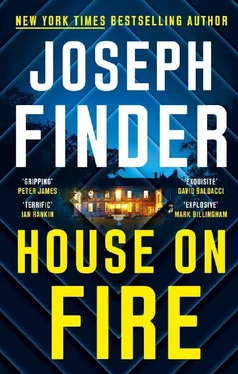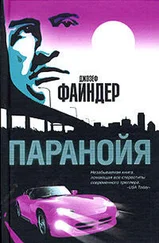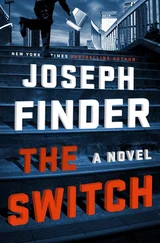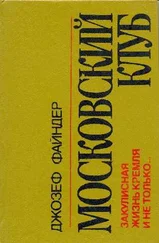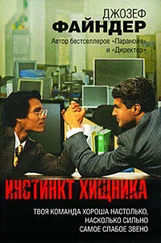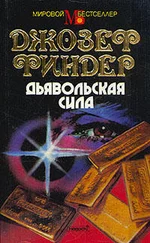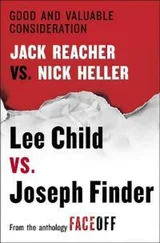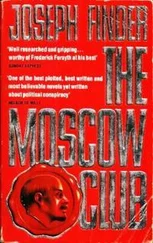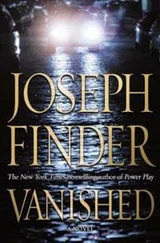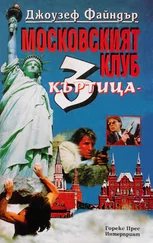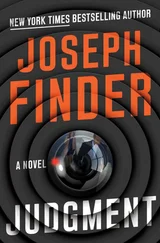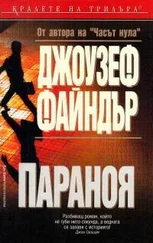“Why not just call the city of Waltham’s building department, see if they have building plans?”
“Because it’s a small town and people talk, and I don’t want someone there calling over to the CEO’s office at Phoenicia and saying, hey, someone was asking for the plans for your headquarters.”
“I doubt that would happen.”
“Maybe not. But I don’t want to take the chance,” I said. “I think I have a better idea.” I explained it to her. “But first, do you think you can find the whistle-blower’s phone number?”
Dorothy rarely disappointed. In one of her many databases she quickly found a home phone number for the man, whose name was Dr. William Sossong. She also emailed me a couple of articles about him. Pieces from the Washington Post and the New York Times and The Guardian that called him the “Kimball Pharma whistle-blower.” They were all from around five years ago. He had been Kimball’s principal scientist and lived in Port Chester, New York.
I pulled up a piece about him from the New York Times .
ORIGINS OF AN EPIDEMIC: KIMBALL PHARMA KNEW ITS OPIOIDS WERE WIDELY ABUSED
Former Lead Scientist Claims Company Ignored Reports.
Kimball Pharmaceuticals, the company that helped plant the seeds of the opioid epidemic through its aggressive marketing of its Oxydone inhalers, has always claimed to be unaware of abuse of the powerful opioid painkiller until years after it went on the market.
But the former top medical officer at Kimball claims that the company has known of “widespread” abuse of Oxydone for years. “These officers knew that people were snorting Oxydone and getting addicted, but they continued to tell doctors that it was less addictive than OxyContin,” said Dr. William Sossong, who was recently fired by the company. “Yet they claim they were unaware it was being abused. And they concealed it. I mean, we got reports about how people were stealing it from pharmacies, and some doctors were selling prescriptions.”
Over 200,000 people have died from opioid overdoses, much of it attributable to Kimball Pharma’s widely prescribed Oxydone inhaler. A spokesman for Kimball Pharma, however, said—
There had been dozens of articles quoting Dr. Sossong, calling him a whistle-blower.
And then five years ago he stopped doing interviews.
Normally I much prefer talking to people in person, and not on the phone. But I didn’t have time to get to him.
I dialed his number. A woman answered the phone and then put it down and called his name. A minute later, a man got on the line. “This is Bill Sossong,” he said. “Who’s this?”
I gave him the name Ben Ellison and told him I was writing a book about Kimball Pharma. He cut me off right away. “I can’t talk to you. I signed an NDA.”
As I figured.
“I can assure you right now I will protect your name and not quote a word of what you say.”
“What kind of book are you writing about Kimball?”
“It’s about the opioid epidemic and Kimball Pharma,” I said, plunging right into it, figuring the direct approach would work best with him. Most whistle-blowers risk their jobs and their livelihoods out of a sense of moral outrage. Dr. Sossong seemed to be one of those people. A guy who did the right thing and got fired for it.
“Yeah, well, I can’t discuss it.”
“No one at Kimball is willing to talk,” I said.
“I wish I could help you.”
“Let me tell you what I’m mostly interested in. There are reportsthat Kimball Pharma knew how powerfully addictive its blockbuster drug was, but hid the evidence.”
He exhaled loudly into the phone. “I’ve said all I’m gonna say on that subject. They got all kinds of reports on how people were abusing Oxydone. They knew.”
“I see.”
The man who couldn’t talk went on. “I mean, these sons of bitches knew that people were snorting Oxydone and getting addicted, but they continued telling doctors that it was less addictive than OxyContin. People were stealing it from pharmacies. Doctors were selling prescriptions. I told them about internet chat rooms I visited where drug users were talking about snorting it recreationally. But Conrad Kimball ignored it.”
“I’ve heard there was a clinical trial that Kimball somehow buried.”
“True. The FDA would never have approved Oxydone if they’d seen that study.”
“And I’m trying to find it. Apparently the study was done by a CRO called Phoenicia Health Sciences.”
“You’ll never get that out of them. Conrad Kimball wanted it to disappear, and Phoenicia obliged.”
“You think a bribe was involved?”
“Oh, for sure.”
“Did you ever see that study?”
“No. I just remember hearing it was done in Eastern Europe somewhere.”
“You think Phoenicia has a copy?”
“Absolutely.”
“Where?”
“Damned if I know.”
“What about people there who might have saved a copy? The CEO, do you think?”
“Maybe, maybe not. You know who’s likely to have a copy is a guy named Dr. Arthur Scavolini. He’s been there forever. But if he does, he’s going to keep it under lock and key.”
I asked him to spell the name. He said, “He’s their CSO, their chief scientific officer.”
“You think he got bribed?”
“Wouldn’t surprise me. He’s got the juice to make the study disappear. But you can’t quote me on any of this. You hear me? I cannot be connected in any way.”
I thanked him and quickly got off the phone. I had a lot to do that afternoon.
At a few minutes after one o’clock I pulled up to the used record store on Mass. Ave. in Central Square. The place was cluttered with signs advertising vinyl new and used, current records, reissues, CDs, VHS, eight-tracks. Everything retro except Victrolas. Albums in the display window by Black Sabbath and Pure Prairie League. Otis Redding was on the loudspeaker, sittin’ on the dock of the bay.
I walked in, past milk crates full of one-dollar LPs, a wall of used cassette tapes. In the back of the shop, I found Gabe opening a box of LPs.
He spun when he saw me. “Hey, Uncle Nick, everything okay?”
“Can you take lunch?”
“Let me ask my boss.” Gabe, who was seventeen, had gotten tall and scrawny, with a mop of black curly hair. For the last year he’d been living in the third floor of a three-decker on Putnam Avenue in a part of the city called Cambridgeport. He went off to talk to a chubby, bearded, and bespectacled guy about ten years older. Then he came back and said, “Half an hour long enough?”
“Let’s do it.” Together we walked out of the store.
The Chinese place next door where we liked to go was closed for renovations, so Gabe said, “You mind going to a vegan place?”
“No problem.” I’d felt like having a hamburger, but I had a feeling I would end up having a tempeh burger. “How goes the writing?” Gabe was a terrifically talented graphic artist and novelist. He wanted to make a living writing graphic novels but realized it wasn’t easy, so he worked uncomplainingly at the record store to support himself. College, he had decided, was not for him.
His mother wasn’t supporting him. I think she wanted him to try to support himself, fail at it, and return home, realizing how hard the world was out there. And then, she probably figured, he’d beg to go to college.
“I’m almost done with a book,” he said.
“When do I get to see it?”
“When I’m ready to send it to publishers. Not before.”
I remembered his mother nagging him for spending too much time on his graphic novel work. Once he’d gotten into trouble at his private boys’ school in DC for some graphic novel he’d written and illustrated that made fun of teachers and administrators. He was really good.
Читать дальше
